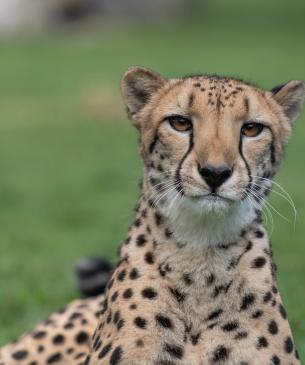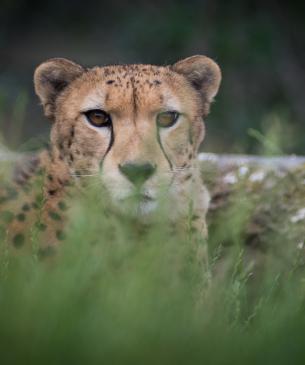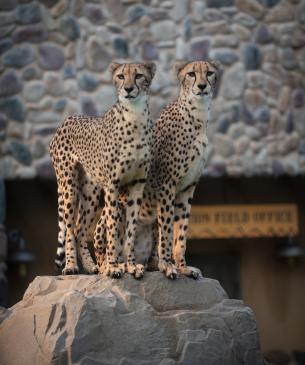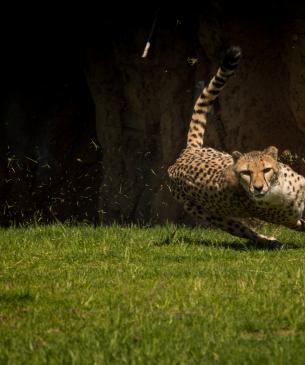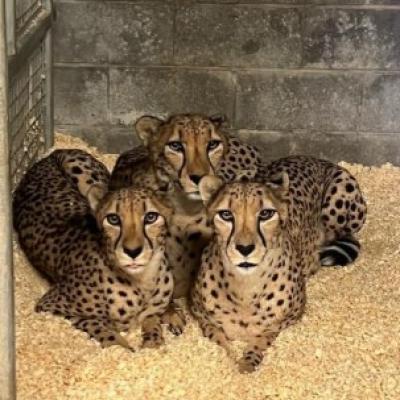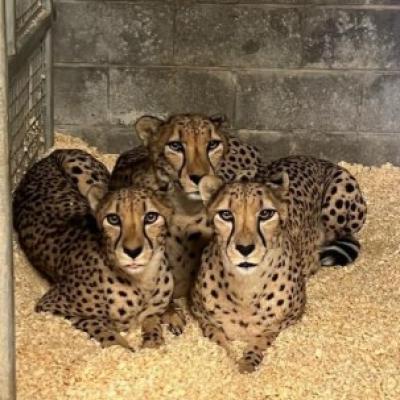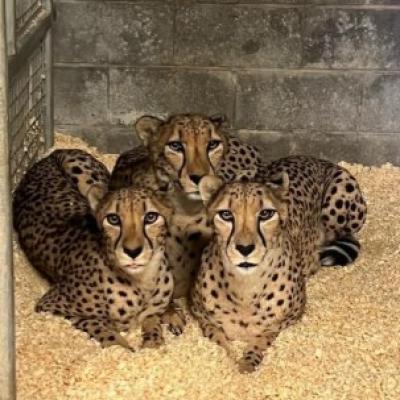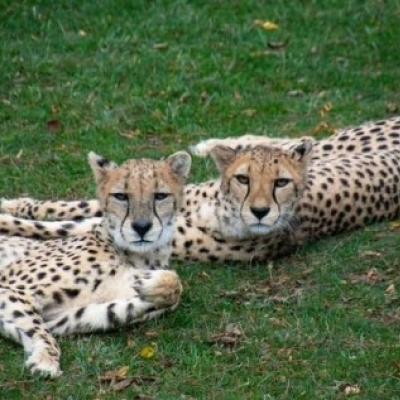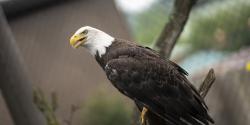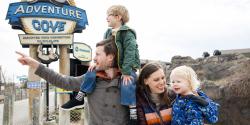The word “cheetah” is derived from the Hindi word “chita” meaning “spotted one.”
Unlike other big cats that wait and pounce, cheetahs first stalk a herd and then launch a high-speed chase, usually catching up to the prey within a minute. Built for speed, go from 0 to 40 miles per hour in just three steps. In just a few seconds, they can reach their top speed of 70 miles per hour! However, they can only maintain this high speed for a short distance—about 400 to 600 yards. After such a fast sprint, cheetahs become very tired and may need as long as 20 minutes to rest and recover before they can chase again.
At the Columbus Zoo, we’re dedicated to the conservation of cheetahs, specifically through our participation in The Association of Zoos and Aquariums' (AZA) Saving Animals from Extinction (SAFE) program.
Scientific Name: Acinonyx jubatus
Conservation Status: Vulnerable
Size: Body length up to 5 ft., with an additional 2 to 2.5 ft. of tail. Cheetahs can be more than 30 in. tall at the shoulder.
Weight: 80 to 140 lbs., with males usually slightly larger than females
Median Life Expectancy: 12.1 years


